Hudson Military - The Lockheed Hudson is a light bomber and coastal reconnaissance aircraft developed by the American Lockheed Aircraft Corporation. Originally commissioned by the Royal Air Force shortly before the outbreak of World War II and primarily operated thereafter. The Hudson was a military conversion of the Model 14 Super Electra aircraft and was Lockheed's first significant aircraft construction contract - the first RAF order for 200 Hudsons far outstripping any previous orders the company had received.
Hudson served throughout the war, primarily in Coastal Command, but also in transport and training roles, as well as supplying fighter aircraft to occupied France. It was also widely used by the anti-submarine squadrons of the Royal Canadian Air Force and the Royal Australian Air Force.
Hudson Military
In late 1937, Lockheed presented a cutout drawing of the Model 14 in various publications, showing the new aircraft as a civilian aircraft and converted to a light bomber.
Service Members Can Sign To Save For Military Saves Month
This attracted interest from various air forces, and in 1938 the British Procurement Commission sought an American maritime patrol aircraft for Britain to support the Euro Anson.
The commission ordered 200 aircraft for use by the Royal Air Force, and the first aircraft began flight testing on 10 December 1938 from Burbank, California.
Production was sped up after the British announced they would order 50 more if the original 200 were delivered by 1939.
Lockheed outsourced assembly of some parts to Rohr Aircraft in San Diego and increased labor, allowing the company to produce the 250th aircraft seven and a half weeks ahead of schedule.
Bullets Before Ballroom
A total of 350 Mk I and 20 Mk II Hudsons were fitted (the Mk II had different propellers). They had two fixed Browning machine guns in the nose and two more in Boulton Paul's dorsal turret. The Hudson Mk III added a vtral and two beam machine guns and replaced the 100 hp Wright R-1820 Cyclone 9-cylinder radials with a 1200 hp version (428 produced).
The Hudson Mk V (309 produced) and Mk VI (450 produced) were powered by the 1,200 hp Pratt & Whitney R-1830 Twin Wasp 14-cylinder two-row radial. The RAF also received 380 Mk IIIA and 30 Mk IV Hudsons under the Ld-Lease programme.
By February 1939 RAF Hudsons had begun to be delivered, not until May 1939 was No. 224 Squadron RAF delivered to RAF Leuchars, Scotland. When war broke out in September, 78 Hudsons were in service.
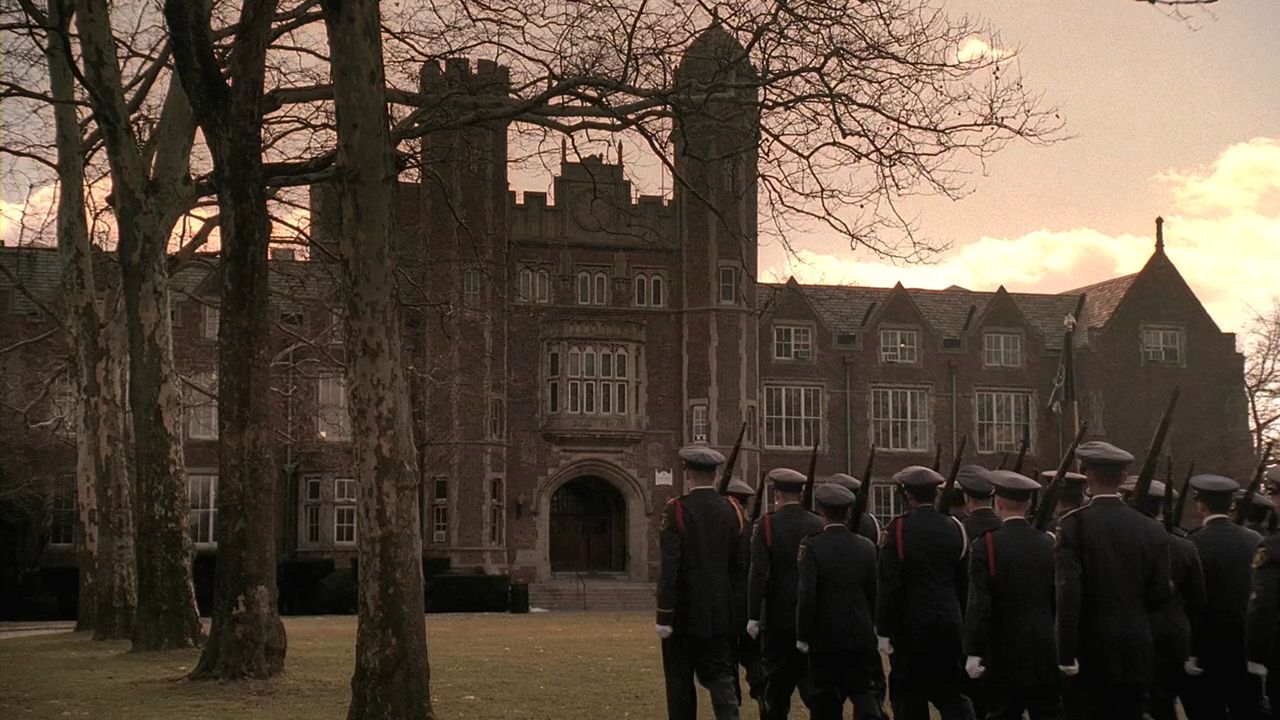
Due to the neutrality of the United States at the time, the first series of planes flew to the Canada-US border, landed and were towed across the Canadian border on wheels by tractors or horse teams before flying to the Kingdom of Canada. Royal Air Force (RCAF) airfields, where they were dismantled and "cocooned" for transport by ship to Liverpool as deck cargo. When the Hudsons arrived in the UK, they were supplied without the installed Boulton Paul turret.
Louisiana Father, Son Answer Guard Call Together > National Guard > Article View
Although later surpassed by larger bombers, the Hudson achieved some important achievements in the first half of the war. On 8 October 1939, over Jutland, the Hudson became the first Allied aircraft to fly from the British Isles and shoot down an enemy aircraft.
(Previous victories were at the Battle of Fairey over Aach on 20 September 1939 and by Blackburn Skuas of the Naval Air Wing on 26 September 1939 against aircraft or aircraft carriers based in France). Hudsons also provided cover during the Battle of Dunkirk. On 23 July 1941, Hudson shot down a Focke-Wulf Condor while escorting a convoy off Ireland.
On 27 August 1941, a Hudson of No. 269 Squadron RAF from Kaldadarnes (Iceland) attacked and damaged the German submarine U-570, as a result of which the submarine's crew displayed a white flag and surrendered – the aircraft achieved the unusual. difference between: naval ship. The Germans were captured and the submarine was towed away, then Royal Navy ships arrived on the scene.
A PBO-1 Hudson of the US Navy's VP-82 squadron became the first US aircraft to destroy German submarines.
Hudson Assumes Command Of Largest American Hospital Overseas
On March 1, 1942, U-656 sank southwest of Newfoundland. U-701 was destroyed by Hudson on 7 July 1942 while flying over Cape Hatteras by the 396th Bombardmt Squadron (Medium), United States Army Air Forces (USAAF). ). On 31 July 1942, Hudson 625 became the first aircraft of the RCAF's Eastern Air Command to sink a submarine when it sank U-754.
A Royal Australian Air Force (RAAF) Hudson was involved in the 1940 Canberra air disaster in which three Australian Prime Ministers were killed.
In 1941, the USAAF began operating the Hudson; The Twin Wasp-powered variant was designated the A-28 (82 purchased) and the Cyclone-powered variant the A-29 (418 purchased). The US Navy operated 20 A-29s, redesignated PBO-1. Another 300 were built as AT-18 designated aircrew trainers.
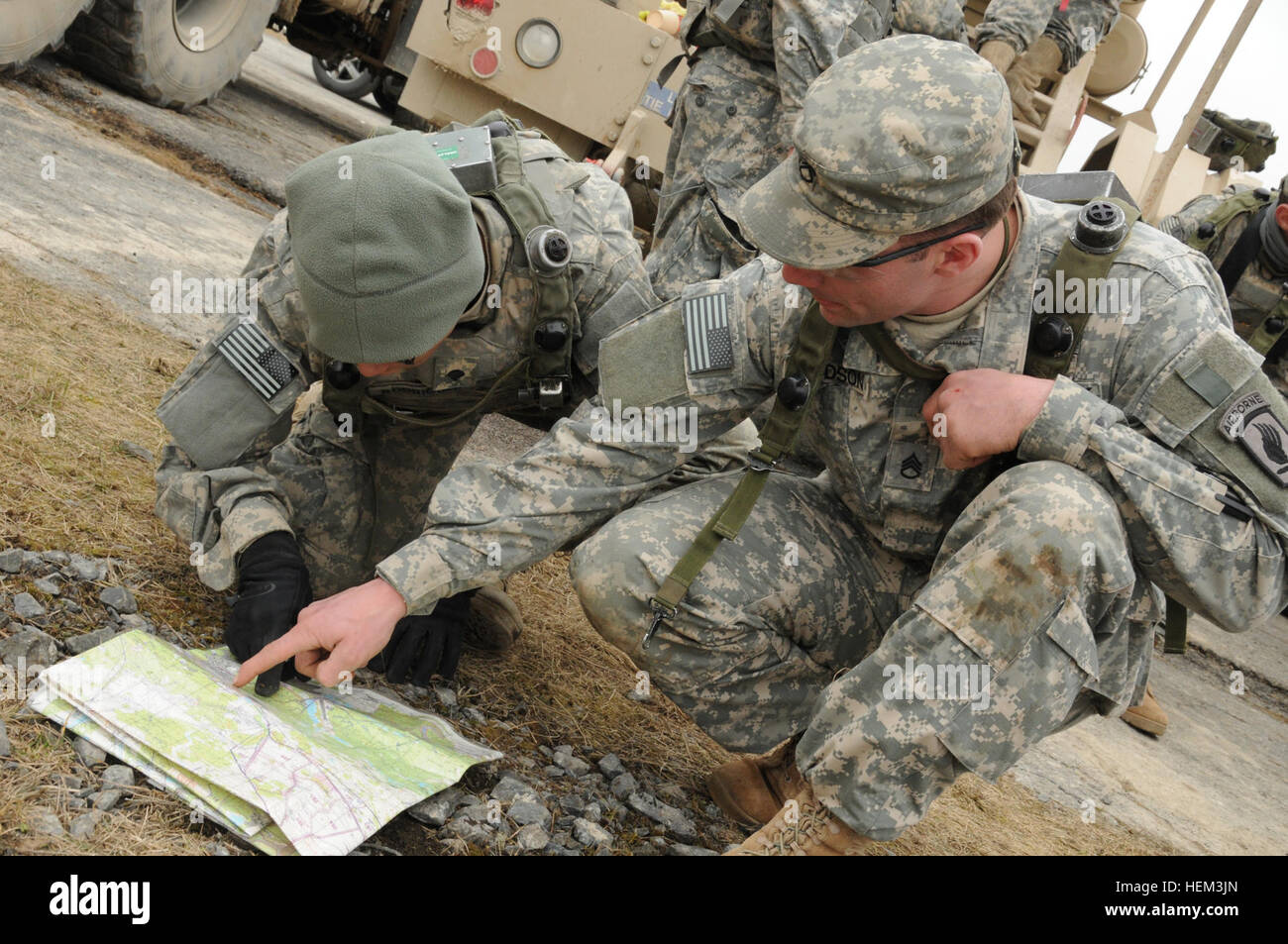
After the Japanese attack on Malaya, Hudsons of RAAF No. 1 Squadron became the first Allied aircraft to attack in the Pacific War, sinking the Japanese transport Awazisan Maru near Kota Bharu at 0118 local time, one hour before the attack. At Pearl Harbor.
Mass 2 Sergeant Major > 1st Marine Aircraft Wing > Allhandleaders
Its critics noted that the Hudson had exceptional maneuverability for a twin-engine aircraft; both sexes were known for the tight curves that could be achieved if they were short-haired.
Hudsons were also flown by RAF Special Duty squadrons for covert operations; No. 161 Squadron in Europe and No. 357 Squadron in Burma.
After the war, large numbers of Hudsons were sold by the military for civilian operations such as aircraft and research aircraft. In Australia, East-West Airlines of Tamworth, New South Wales (NSW) operated four Hudsons between 1950 and 1955 on scheduled services from Tamworth to many towns in NSW and Queensland.
Adastra Air Research, based at Sydney's Mascot Airport, operated L-414s between 1950 and 1972 on air taxi, research and photo flights.
Sergeant Major Emanuel A. Hudson > Marine Corps Air Facility > Leaders
This type formed the basis for the development of the Lockheed Vtura and was eventually withdrawn from front-line service from 1944, although many survived the war to be used primarily as civilian transport in Australia, and one example was briefly used as an aircrew trainer. was done. in New Zealand.
Royal Air Force (RAF) production aircraft; 351 were built and 50 for the Royal Australian Air Force (RAAF).
As Mk I, but with constant speed propeller without spinner; 20 were built for the RAF and 50 for the RAAF.
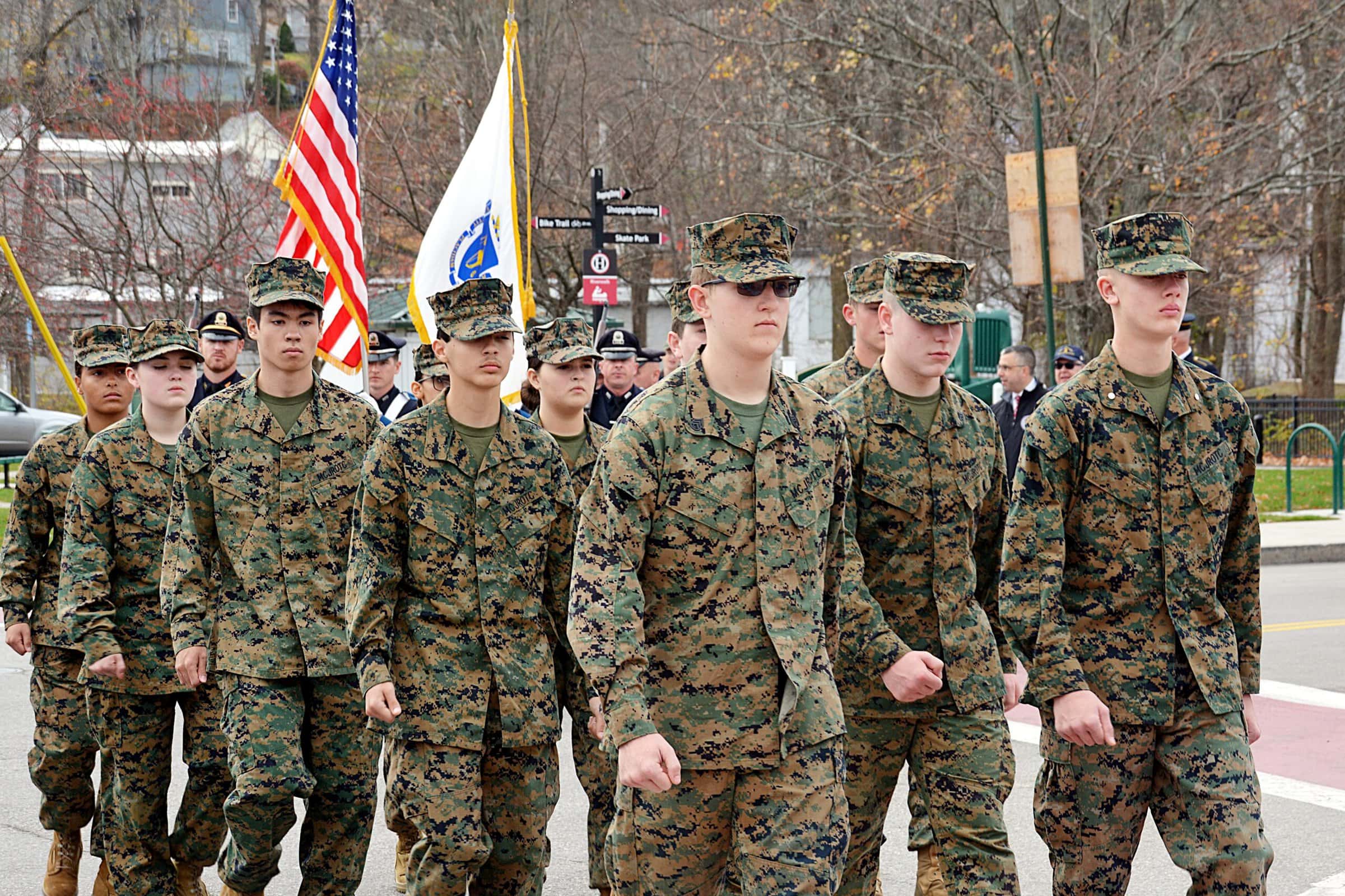
As Mk II with Vtral gun removed; 30 were built and the RAAF Mk I and II were converted to this standard.
Hudson's Aquapaws System Installed At A Mexican Military Base For Police K9 Unit
US military designation powered by two 1,050 hp (780 kV) Pratt & Whitney R-1830-45 engines; 52 ld leased to Australia as Hudson IVA.
US Military designation, powered by two 1,200 hp (890 kW) Pratt & Whitney R-1830-67 engines, interior convertible to troop transport; 450 ld leased to RAF/RCAF/RNZAF as Hudson VI; 27 units transferred to the Brazilian Air Force.
The US military designation was powered by two 1,200 hp (890 kW) Wright R-1820-87 ticks; ld lease version intended for RAF, 153 diverted to United States Army Air Force (USAAF) as RA-29 and 20 to US Navy (USN) as PBO-1.
Like the A-29, but with a convertible interior like a troop transport; 384 ld-lease to RAF/RAAF/RCAF/RNZAF Chinese Air Force as Hudson IIIA, some retained by USAAF as RA-29A.
Hudson Men's Military Cargo Shorts
The Hudson Bomber was converted for civilian passenger use after World War II and flown by East-West Airlines; It is being restored as a Hudson Mk III and is now housed at the Temora Aviation Museum. Taylor Hudson, an infantryman with Delta Company, 2nd Battalion, 2nd Infantry Regiment, 3rd Infantry Brigade Combat Team, recently returned from Airborne School and Ranger School. “A lot of people worry about going and failing, but if you don't try… (Photo credit: USA) SEE ORIGINAL
The last to be selected was Soldier Spc. Taylor Hudson, infantry, with Company D, 2nd Battalion, 2nd Infantry Regiment.
Taylor, who joined the army in July 2010, is said to be a shining role model for all young soldiers in the brigade.
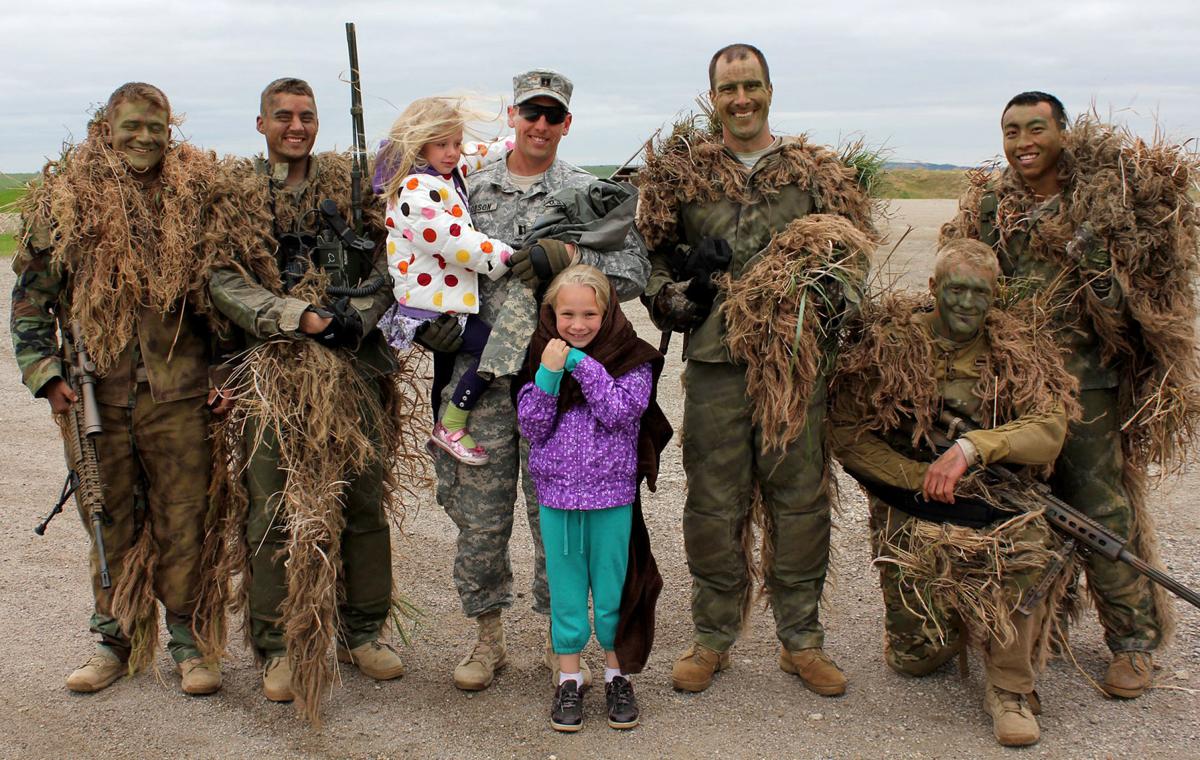
"Spc Hudson was the first Soldier to meet the requirements to attend Ranger School during the visit by Command Sergeant Major Meyers and myself," Ostlund said. "He saw an opportunity and he took it to prove himself to the leadership of the brigade and that he was a leader and that he was ready, willing and able to take on the challenge."
Lt. Col. John L. Hudson
After returning from his last deployment to Afghanistan with the brigade, Hudson's platoon sergeant, Sgt. 1st Class James Hawkins approached him about the opportunity to attend Ranger School.
"I brought Ranger School to his attention to help his career," Hawkins said. "I explained to him how this would be a big step in the direction he wanted his career to go and how it would only help. Just based on his attitude, I knew he was going to be successful."
Hudson attended Ranger School and graduated without recycling any of the phases. Then he went to Airborne School and completed it. After he returned from Fort Benning, Hudson said there were other soldiers
Military drone range, laser range finder military, military range bags, military range targets, long range military radio, military radio range, military range finder, military long range binoculars, range rover military discount, military range rover, range of military drones, military range bag
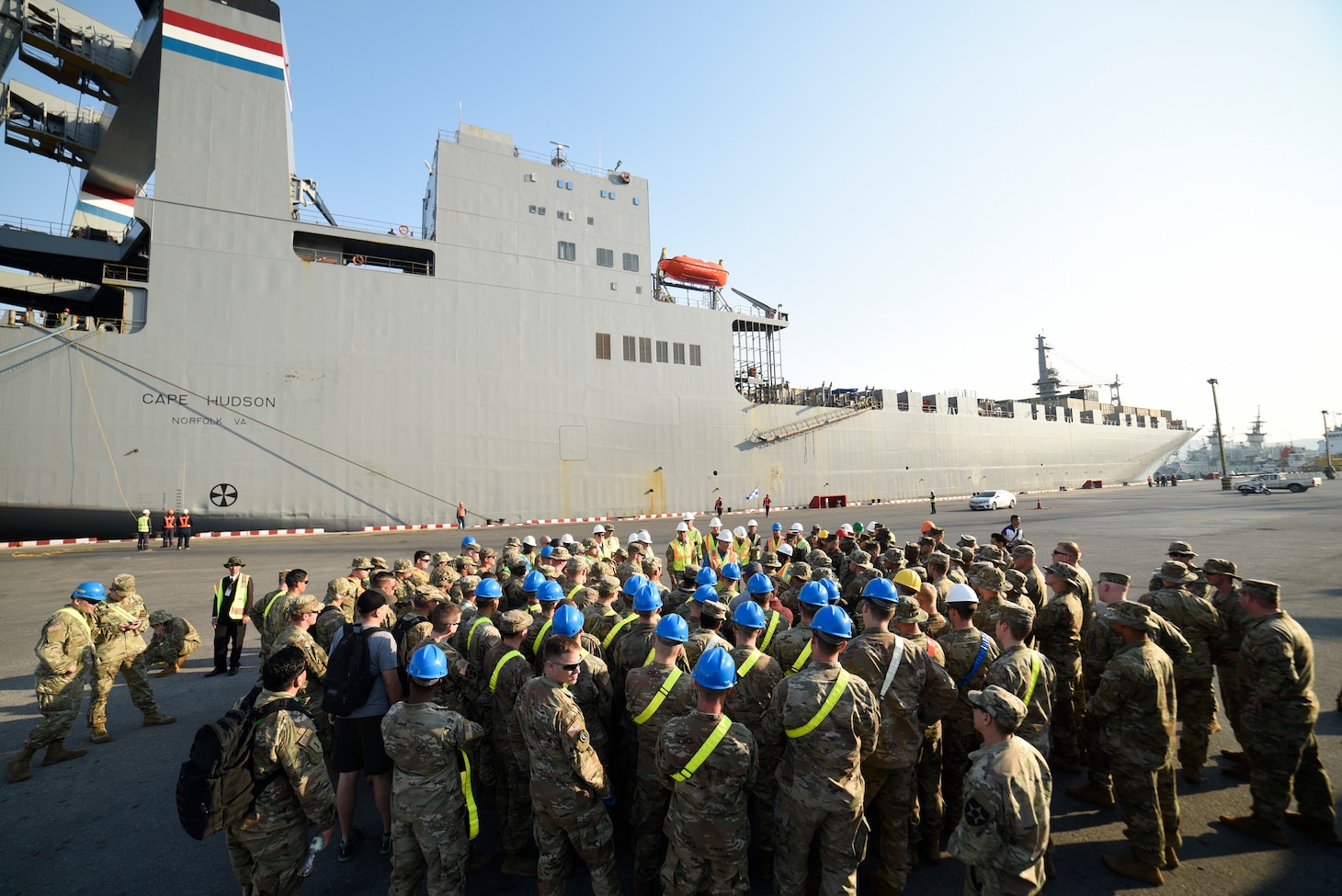
0 Comments